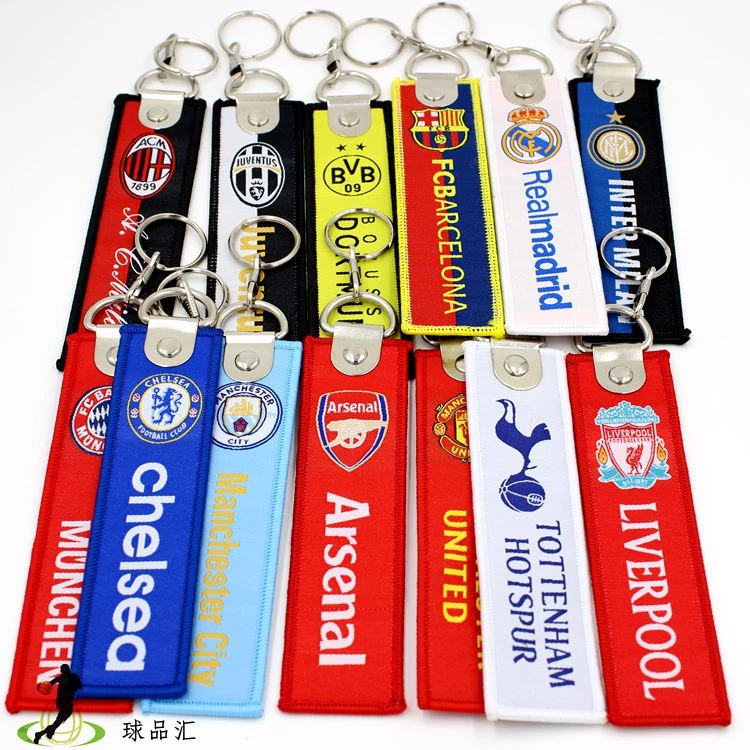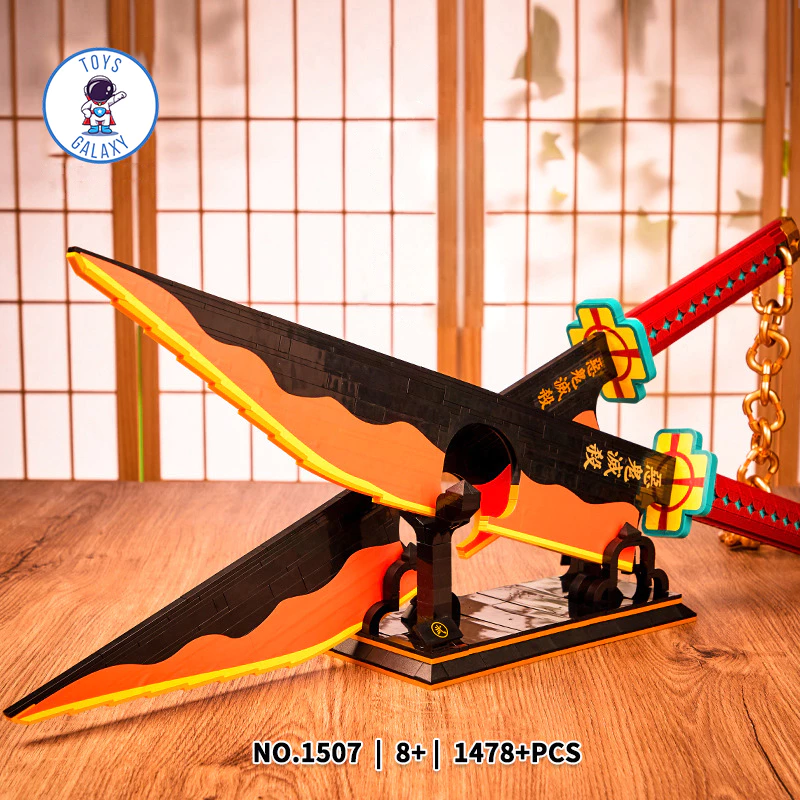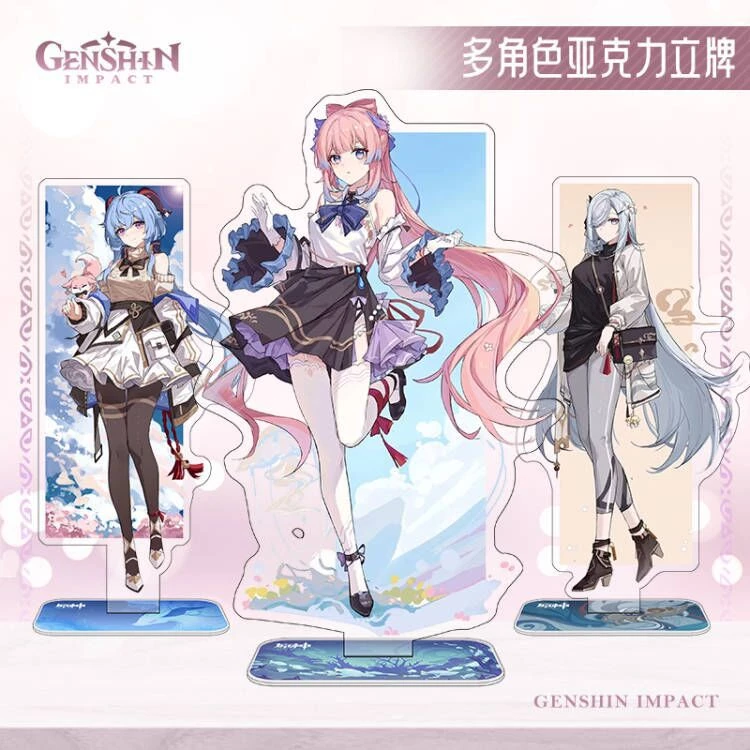Công ty Đông Ấn Anh
 Lá cờ của công ty sau năm 1801 | |
Loại hình | Công chúng |
|---|---|
| Ngành nghề | Thương mại quốc tế |
| Thành lập | 1600 |
| Giải thể | 1 tháng 1 năm 1874 |
| Trụ sở chính | Luân Đôn, Anh |
Công ty Đông Ấn (tiếng Anh: East India Company) hay còn được gọi bằng những cái tên khác như Công ty thương mại Đông Ấn (tiếng Anh: East India Trading Company), Công ty Đông Ấn Anh (tiếng Anh: English East India Company)[1] và, sau Đạo luật Liên minh nó mang tên là Công ty Đông Ấn Anh Quốc (tiếng Anh: British East India Company)[2] là một trong những công ty cổ phần đầu tiên của nước Anh [3] nó được thành lập ban đầu nhằm mục đích thương mại với Đông Ấn, nhưng thực ra nó chỉ giao dịch chủ yếu với tiểu lục địa Ấn Độ và Trung Quốc. Công ty được Hoàng gia Anh cấp giấy phép dưới cái tên Governor and Company of Merchants of London Trading into the East Indies (tạm dịch: Thống đốc và Công ty thương mại của London tới Đông Ấn) bởi nữ hoàng Elizabeth ngày 31 tháng 12 năm 1600,[4] làm cho nó trở thành công ty thương mại Đông Ấn lâu đời nhất so với một số công ty tương tự ở Châu Âu, lớn nhất trong số đó là Công ty Đông Ấn Hà Lan. Sau khi một công ty đối thủ Anh thách thức sự độc quyền của mình trong cuối thế kỷ 17, hai công ty sáp nhập năm 1708 để hình thành United Company of Merchants of England Trading to the East Indies (tạm dịch: Liên hiệp Công ty thương gia Thương mại Anh đến Đông Ấn), thường gọi là Công ty danh dự Đông Ấn (tiếng Anh: Honourable East India Company)[5] và viết tắt là HEIC;[6] gọi tắt thông dụng là Công ty John (tiếng Anh: John Company)[7] và tại Ấn Độ được gọi là Công ty Bahadur (tiếng Anh: Bahadur Company, tiếng Hindu là bahādur "nhà cầm quyền")
Công ty Đông Ấn giao dịch chủ yếu bông, lụa, nhuộm chàm, tiêu, trà và thuốc phiện. Công ty cũng đã cai trị một khu vực rộng lớn của Ấn Độ, thực hiện sức mạnh quân sự và giả thiết các chức năng hành chính, dần dần, theo đuổi thương mại của mình; nó có hiệu quả chức năng như một Tập đoàn lớn. Công ty cai trị ở Ấn Độ (tiếng Anh: Company rule in India), có hiệu quả từ năm 1757 sau trận Plassey, kéo dài cho đến năm 1858, sau những sự kiện của cuộc nổi dậy Ấn Độ năm 1857, và theo Đạo luật Chính phủ Ấn Độ 1858, Hoàng gia Anh đã thừa nhận sự cai quản trực tiếp của Ấn Độ tại thuộc địa British Raj (tạm dịch: Ấn Độ thuộc Anh) của mình. Công ty giải thể vào ngày 1 tháng 1 năm 1874.
Tham khảo
[sửa | sửa mã nguồn]- ^ Encyclopaedia Britannica 2008, "East India Company"[liên kết hỏng]
- ^ 1. Columbia Encyclopedia 2007, "East India Company, British" Lưu trữ 2009-02-12 tại Wayback Machine. 2. Marx, Karl (ngày 25 tháng 6 năm 1853), “The British rule in India”, New York Daily Tribune republished in Carter, Mia; Harlow (editors), Barbara (2003), Archives of Empire, Raleigh: Duke University Press. Pp. 802, ISBN 0822331640Quản lý CS1: văn bản dư: danh sách tác giả (liên kết). Quote (p. 118): "I do not allude to European despotism, planted upon Asiatic despotism, by the British East India Company, forming a more monstrous combination than any of the divine monsters startling us in the temple of Salsette."
- ^ The Dutch East India Company was the first to issue public stock.
- ^ The Register of Letters &c. of the Governor and Company of Merchants of London trading into the East Indies, 1600–1619. On page 3, a letter written by Elizabeth I on ngày 23 tháng 1 năm 1601 ("Witnes or selfe at Westminster the xxiiijth of Ianuarie in the xliijth yeare of or Reigne.") states, "Haue been pleased to giue lysence vnto or said Subjects to proceed in the said voiadgs, & for the better inabling them to establish a trade into & from the said East Indies Haue by or tres Pattents vnder or great seale of England beareing date at Westminster the last daie of december last past incorporated or said Subjecte by the name of the Gournor & Companie of the merchaunts of London trading into the East Indies, & in the same tres Pattents haue geven them the sole trade of theast Indies for the terme of XVteen yeares..."
- ^ A. Oxford English Dictionary (Draft Edition, September 2008, requires subscription) entry for "honourable": "2b. Applied as an official or courtesy title of honour or distinction." Usage:... the prefix ‘Honourable’... is also applied to the House of Commons collectively;... also formerly to the East India Company, etc. Examples: 1698 FRYER Acc. E. India & P. 38 "In pay for the Honourable East India Company." B. Encyclopaedia Britannica 1911, "HONOURABLE (Fr. honorable, from Lat. honorabilis, worthy of honour), a style or title of honour common to the United Kingdom, the British colonies and the United States of America.... The epithet is also applied to the House of Commons as a body and to individual members during debate ("the honourable member for X"). Certain other corporate bodies have, by tradition or grant, the right to bear the style; e.g. the Honourable Irish Society, the Inns of Court (Honourable Society of the Inner Temple, &c.) and the Honourable Artillery Company; the East India Company also had the prefix "honourable" . The style may not be assumed by corporate bodies at will, as was proved in the case of the Society of Baronets, whose original style of "Honourable" Society was dropped by command." C. Birdwood, George (1891), Report on The Old Record of the India Office, London: W. H. Allen & Co., Limited, and at Calcutta Quote (p. 14): "The English Company [Including The General Society chartered by William III, ngày 3 tháng 9 năm 1698] trading with the East , commonly called "the New Company," was incorporated by William III, ngày 5 tháng 9 năm 1698; its charter running to 1714. The above Company of Merchants of London and the English Company, were finally incorporated under the name of "The United Company of Merchants of England trading to the East [commonly styled, "the Honourable East India Company"] in 1708-9."
- ^ Hawes, Christopher J. (1996), Poor Relations: The Making of a Eurasian Community in British India, 1773-1833, London: Routledge. Pp. 217., ISBN 0700704256 Quote (p. xiii): "Abbreviations: Honourable East India Company (HEIC)."
- ^ Ride, Lindsay; Ride, May; Mellor, Bernard (1995), An East India Company Cemetery: Protestant Burials in Macao, Hong Kong: Hong Kong University Press. Pp. 304, ISBN 9622093841 Quote (p. 7): "In 1709, the Company amalgamated with a rival group, which had been chartered in 1698 by William III. This union took the title 'The Honourable East India Company,' which was shortened for general use to 'the Honourable Company' and more often still to John Company, until it ceased operations in 1834, after its monopoly of British trade with China was discontinued."
Tài liệu tham khảo
[sửa | sửa mã nguồn]- Andrews, Kenneth R. (1985). Trade, Plunder, and Settlement: Maritime Enterprise and the Genesis of the British Empire, 1480–1630. Cambridge, U.K.: Cambridge University Press. ISBN 0521257603.
- Bowen, H. V. (1991). Revenue and Reform: The Indian Problem in British Politics, 1757–1773. Cambridge, U.K.: Cambridge University Press. ISBN 0521403162.
- Bowen, H. V. (2003). The Worlds of the East India Company. Margarette Lincoln, and Nigel Rigby, eds. Rochester, NY: Brewer. ISBN 0851158773.
- Brenner, Robert (1993). Merchants and Revolution: Commercial Change, Political Conflict, and London’s Overseas Traders, 1550–1653. Princeton, NJ: Princeton University Press. ISBN 0691055947.
- Carruthers, Bruce G. (1996). City of Capital: Politics and Markets in the English Financial Revolution. Princeton, NJ: Princeton University Press. ISBN 978-0-691-04455-2.
- Chaudhuri, K. N. (1965). The English East India Company: The Study of an Early Joint-Stock Company, 1600–1640. London: Cass.
- Chaudhuri, K. N. (1978). The Trading World of Asia and the English East India Company, 1660–1760. Cambridge, U.K.: Cambridge University Press. ISBN 0521217164.
- Farrington, Anthony (2002). Trading Places: The East India Company and Asia, 1600–1834. London: British Library. ISBN 0712347569.
- Furber, Holden (1976). Rival Empires of Trade in the Orient, 1600–1800. Minneapolis: University of Minnesota Press. ISBN 0816607877.
- Imperial Gazetteer of India vol. II (1908), The Indian Empire, Historical, Published under the authority of His Majesty's Secretary of State for India in Council, Oxford at the Clarendon Press. Pp. xxxv, 1 map, 573.
- Imperial Gazetteer of India vol. IV (1908), The Indian Empire, Administrative, Published under the authority of His Majesty's Secretary of State for India in Council, Oxford at the Clarendon Press. Pp. xxx, 1 map, 552.
- Harrington, Jack (2010), Sir John Malcolm and the Creation of British India, New York: Palgrave Macmillan., ISBN 978-0-230-10885-1
- Lawson, Philip (1993). The East India Company: A History. London: Longman. ISBN 0582073863.
- Sen, Sudipta (1998). Empire of Free Trade: The East India Company and the Making of the Colonial Marketplace. Philadelphia: University of Pennsylvania Press. ISBN 978-0812234268.
- Steensgaard, Niels (1975). The Asian Trade Revolution of the Seventeenth Century: The East India Companies and the Decline of the Caravan Trade. Chicago: University of Chicago Press. ISBN 0226771385.
- Dirks, Nicholas (2006). The Scandal of EMPIRE: India and the creation of Imperial Britain. Cambridge, Massachusetts, London, England: The Belknap Press of Harvard University Press. ISBN 0674021665.
Liên kết ngoài
[sửa | sửa mã nguồn]- East India Company trên chương trình In Our Time của BBC. (Nghe tại đây)
- The Twilight of the East India Company: The Evolution of Anglo-Asian Commerce and Politics, 1790-1860 Lưu trữ 2020-05-28 tại Wayback Machine: Boydell & Brewer, Woodbridge, 2009
- From Trade to Colonization: Historical Dynamics of the East India Companies
- Seals and Insignias of East India Company
- The Secret Trade The basis of the monopoly.
- Trading Places Lưu trữ 2007-10-28 tại Wayback Machine - a learning resource from the British Library
- Trading Places: The East India Company and Asia Lưu trữ 2006-12-07 tại Wayback Machine, a free seminar from the British Library on the history of the British East India Company.
- Port Cities: History of the East India Company Lưu trữ 2011-10-24 tại Wayback Machine
- Ships of the East India Company Lưu trữ 2008-03-30 tại Wayback Machine
- Plant Cultures: East India Company in India Lưu trữ 2006-06-30 tại Wayback Machine
- Library of Congress Federal Research Division Country Studies
- The British East India Company
- History and Politics: East India Company
- English Expansionism
- Nick Robins, New Statesman, ngày 13 tháng 12 năm 2004, "The world's first multinational" Lưu trữ 2012-02-04 tại Wayback Machine
- Karl Marx, New York Tribune, 1853–1858, The Revolt in India
- East India Company: Its History and Results article by Karl Marx, MECW Volume 12, p. 148
- East India Club Gentlemen's club originally for officers and former officers of the Company, now open to others.
- Text of East India Company Act 1773 Lưu trữ 2006-09-09 tại Wayback Machine
- Text of East India Company Act 1784 Lưu trữ 2006-09-09 tại Wayback Machine
- John Stuart Mill and The East India Company, Vinay Lal's review of Lynn Zastoupil's 1994 book
- The Richest East India Merchant: The Life and Business of John Palmer of Calcutta, 1767-1836 (Worlds of the East India Company) by Anthony Webster
- "The East India Company – a corporate route to Europe" on BBC Radio 4’s In Our Time featuring Huw Bowen, Linda Colley and Maria Misra
- A timeline of India in the 1800s Lưu trữ 2011-11-12 tại Wayback Machine
- HistoryMole Timeline: The British East India Company Lưu trữ 2011-10-26 tại Wayback Machine
 GIẢM
29%
GIẢM
29%
 GIẢM
32%
GIẢM
32%
![[Review sách] Normal people - Sally Rooney](https://down-bs-vn.img.susercontent.com/sg-11134201-22090-edroebrkpwhvaf.webp) GIẢM
16%
GIẢM
16%
 GIẢM
18%
GIẢM
18%
 GIẢM
30%
GIẢM
30%




